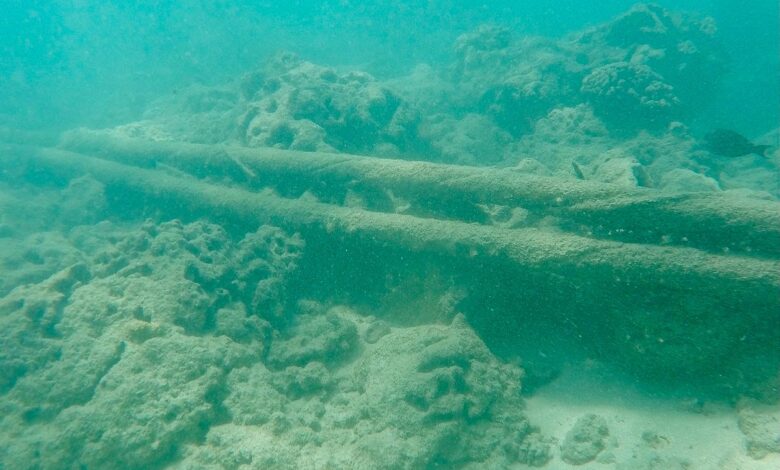Undersea cables can be used to detect earthquakes, tsunamis and the effects of climate change

There are thousands of km Underground cables in the world’s oceans. That’s how our communication network works. Internet cables are connecting the continents running across the ocean floor. Scientists want to use these undersea cables for a different function – researchers at the University of Edinburgh believe that one day undersea telecommunications cables could help detect earthquakes and tsunamis , even studying climate change.

There are quite a few cables running along the bottom of the ocean, and scientists want to give them some additional functionality. Image credit: Collinpetty via Wikimedia (CC BY-SA 4.0)
Scientists tested the idea on a 3,600-mile (nearly 5.8 thousand km) underground cable that runs between the UK and Canada. The researchers show that it is possible to use fiber optic cable segments as sensors. This will essentially turn undersea cables into giant continuous sensors that can monitor conditions on the ocean floor and sea and even a little below the ocean floor.
Initial testing shows that earthquakes and oceanic signals can be detected with this technique. Scientists can detect waves and currents in their data. The researchers believe that these types of extremely long sensors could help us better understand the world’s oceans.
Professor Andrew Curtis, one of the study’s authors, said: “The ocean covers two-thirds of planet Earth, yet we know relatively little about deep ocean processes such as such as the flow and sound produced by water, and about processes occurring on Earth beneath the deep oceans, such as volcanoes and small earthquakes. We are now able to create a new global network of suboceanic sensors that provide insight into the dynamics of planet Earth. ”
Scientists have placed up to 12 sensors along the transatlantic cable, but if the technique is tweaked, this number could be increased tenfold. Because these cables are so long, running over vast distances of oceans in places where human activity is limited to ships, the scientists see this as an opportunity to enhance surveillance capabilities. The earth.
Currently, the oceans and seas remain largely unmonitored because it is very expensive to install sensors fixed to the ocean floor. Meanwhile, cables are laid all the time, and in the future they may have additional functions in the name of science.
Undersea cable is actually quite complex infrastructure object. They are expensive and consist of many different layers. Adding sensors to them won’t really increase their price that much and won’t detract from their key functions. Furthermore, data on seismic activity and climate change could also be useful in studies of the safety and longevity of this infrastructure.
Source: University of Edinburgh




